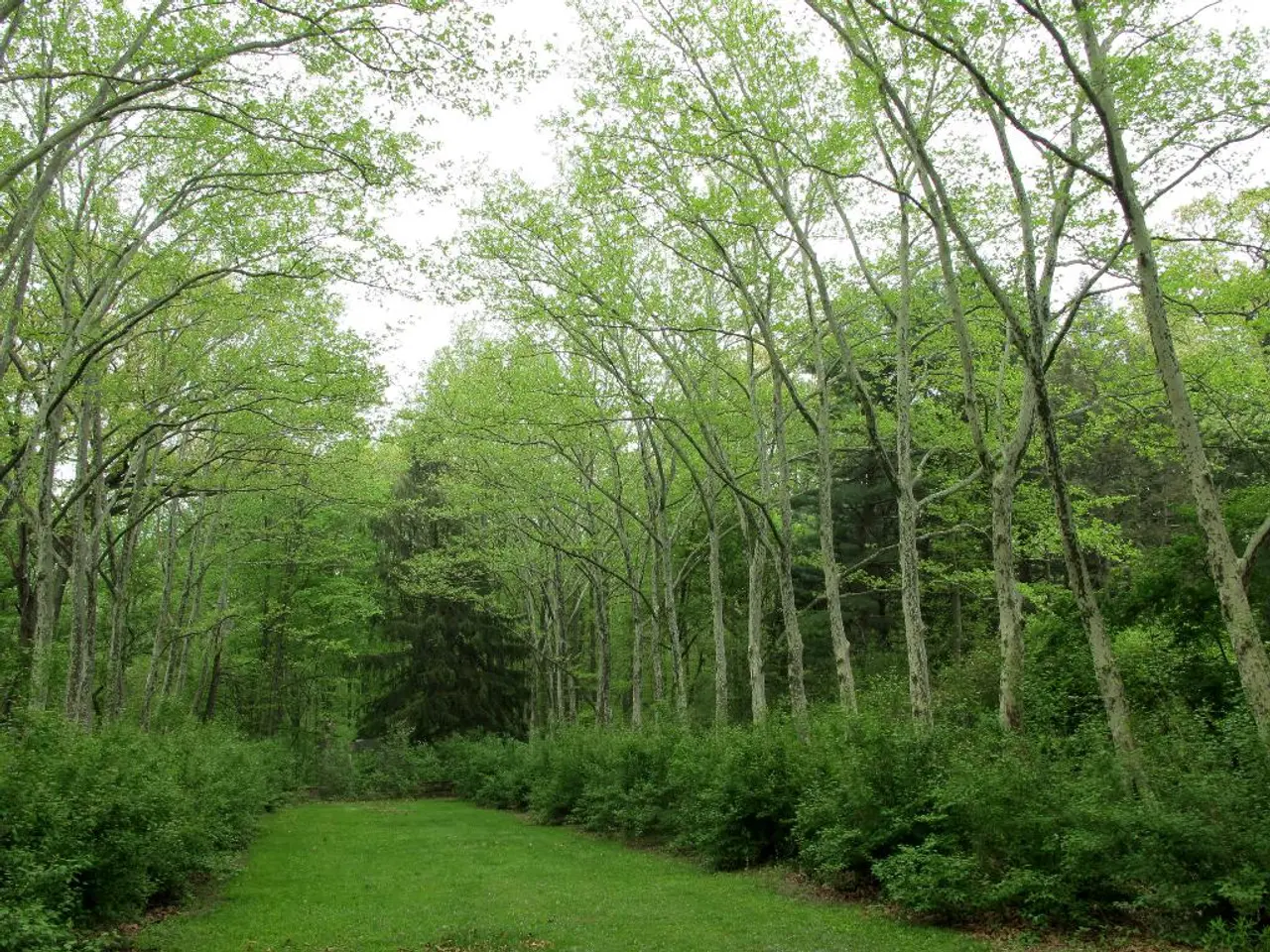Expansion of England's Green Belt may pave the path for 73 million new residential developments
In a groundbreaking study published today, Woods Hardwick, architecture, engineering, planning, and surveying consultants, have proposed a potential solution to England's persistent housing crisis. The research highlights the challenges in delivering much-needed housing due to the large amount of green belt land across England.
According to Russell Gray, the planning director at Woods Hardwick, the research underscores the difficulty in meeting housing targets due to the vast expanses of land classified as green belt. The study analysed the size of the green belt across each region of England and calculated how many homes it could supply if fully utilised.
The findings reveal that England's green belt, covering 1.637 million hectares, could facilitate the construction of over 73 million new build plots. This is significant, considering the government's target of one million homes by the next election in 2025, which requires just 1.4% of green belt land.
However, the research does not suggest concreting over the entire countryside. Instead, it advocates for sensibly planning the release of green belt land in areas where space is scarce. This strategic approach could directly address the housing crisis and local property shortages, particularly in regions like London, where the green belt covers 22.1% of the region's total land area but provides few new properties to address the housing crisis. London's green belt, at 34,772 hectares, is the smallest among all regions in England.
Russell Gray emphasised that green belt development should not be rejected for landscape or habitat reasons. He also pointed out that there are swathes of green belt that have been incorrectly classified and contribute little to the intended purposes of green belt in national policy. The research indicates that misclassified green belt land contributes little to the intended purposes of green belt in national policy.
It's important to note that the research does not specify any environmental consequences of utilising the green belt for housing construction. However, Gray emphasised that careful planning and consideration must be given to ensure any development does not adversely impact the environment.
The largest Green Belt area in England is the Metropolitan Green Belt around London, which covers approximately 513,000 hectares. Sensibly planning the release of this land could significantly alleviate the housing crisis in London, where homelessness levels, which have risen, are seen to be the most prominent.
In conclusion, the new research from Woods Hardwick offers a potential solution to England's housing crisis, suggesting that green belt development, when planned strategically, could provide a significant number of new homes. The research challenges the notion that green belt development should be automatically rejected based on landscape or habitat considerations. Instead, it advocates for a more nuanced approach that takes into account the specific circumstances of each region.
Read also:
- Understanding Hemorrhagic Gastroenteritis: Key Facts
- Stopping Osteoporosis Treatment: Timeline Considerations
- Tobacco industry's suggested changes on a legislative modification are disregarded by health journalists
- Expanded Community Health Involvement by CK Birla Hospitals, Jaipur, Maintained Through Consistent Outreach Programs Across Rajasthan








